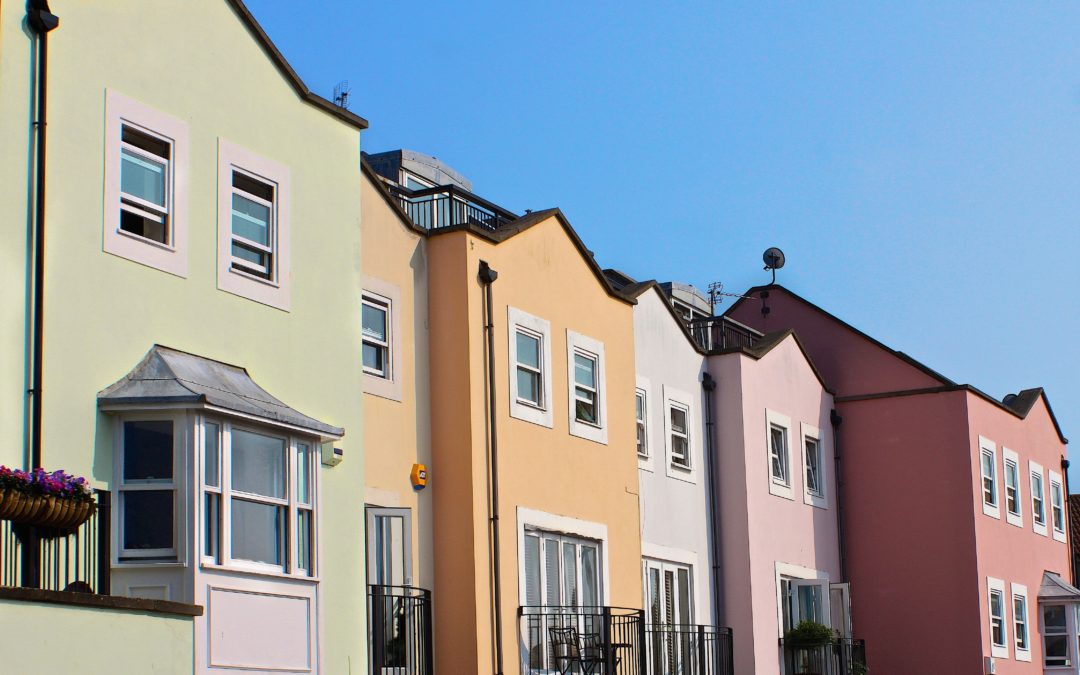Have you known someone who has bought a multi-family unit and then lived in part of it while renting out the rest? It’s pretty cool to have someone else paying part or all of your mortgage.
But getting a mortgage on a multi-family unit isn’t the same as getting a mortgage for a single-family home. These loans may have different underwriting guidelines.
What is a Multi-Family Property?
First, let’s define what a multi-family home is. It’s multiple living units (as few as two) with separate entrances and exclusive living areas. Duplexes, triplexes, and fourplexes all fit this definition. (Properties with five or more units are considered commercial real estate, but properties with four or fewer are considered residential when it comes to financing.)
What is Your Goal?
If you’re buying an entire unit as an investment property, you don’t have nearly as many options as you do if the unit is partially occupied by the owner.
If it’s strictly an investment, you don’t have access to government-guaranteed loans like FHA and VA loans, which can make it easier for you to buy a multi-family property.
Additionally, you’ll need a higher down payment and will pay higher interest rates. For the remainder of this article, I’ll be talking about multi-unit loans where the owner is occupying one unit.
Down Payment
It depends on the loan program, but you might have to put more down for a multi-unit mortgage than you’d have to for a single-family home, both of which can require as little as 3% down.
If you qualify for an FHA or VA loan, you’re in luck with the down payment. FHA loans require just 3.5% down, while VA loans allow for 100% financing.
A side note: Freddie Mac’s Home Possible program does allow you to finance 1- to 4-unit properties with just 5% down, but it does have income limits.
Depending on the loan program, a parent or relative may be able to kick-start your investment by providing a percentage of the down payment funds.
Maximum Loan Limits
Another plus to getting a multi-family property is that you can get a more expensive property without heading into jumbo loan territory (which comes with higher interest rates). More units equals a higher lending limit..
In 2019, that limit is usually $484,460, but it goes higher with more units—up to $931,600 for four units. However, these numbers are higher for more expensive parts of the country.
Income—and Can You Use Rental Income to Qualify?
Obviously, you’ll need a higher income to qualify for a bigger loan. That begs the question: can your new rental income be used to help you qualify?
You can usually use only 75% of rental income as qualifying income (to account for maintenance and vacancies), and you might need to have signed leases in hand.
Interested in Purchasing a Multi-Family Unit?
Are you interested in purchasing a multi-family unit? It can be a smart investment strategy that will pay off for years to come. If you have any questions about what a mortgage might look like for you, give me a call! I’m here to help.


Recent Comments